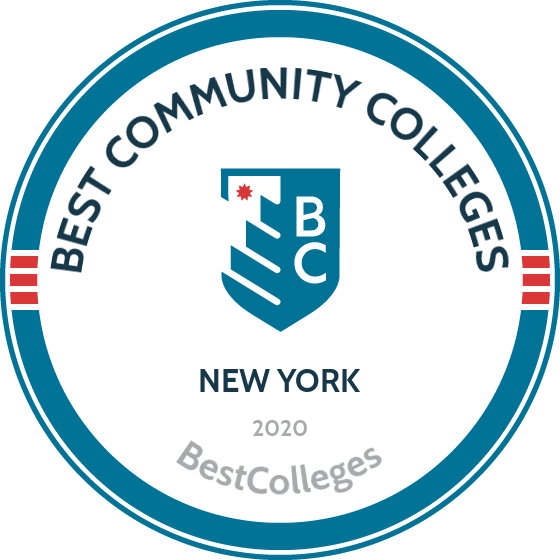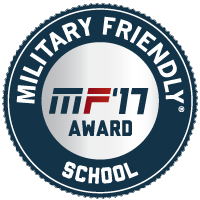Student loans are a serious, long-term commitment. Apply for grants and scholarships
first, to keep loan borrowing to a minimum. Students are expected to pay back loans
in full, even if they don't graduate. Consider current debt and future borrowing needs
when requesting loan applications.
To apply for a Direct Subsidized or Unsubsidized Student Loan
- Complete the FAFSA application at www.fafsa.gov
- Complete, sign and return the Loan Cover Sheet to the Financial Aid Office
- Go to www.studentloans.gov to complete Entrance Counseling and electronic Master Promissory Note
Direct Loan Program: Subsidized and Unsubsidized Loans
Dependent students can borrow up to
- $5500 if you are a first year-student (with less than 30 college credits) enrolled in a
program of study that is greater than 24 credits;
- $6500 if you have completed your first year of study (30 or more college credits).
Independent students (or dependent students whose parents are unable to get PLUS Loans),
may be able borrow up to an additional $4000 unsubsidized loan.
The loan repayment process begins 6 months after students graduate, leave school,
or drop below half-time status.
Subsidized Direct Loan
Subsidized loans are awarded on the basis of financial need. Interest is not charged.
The federal government "subsidizes" the interest during the period of enrollment.
Unsubsidized Direct Loan
Unsubsidized loans are not awarded on the basis of need, but cannot exceed the Cost
of Attendance, including financial aid and other resources. Interest is charged from
the time loans are disbursed until paid in full. Students can "capitalize" the interest
which means that interest will be deferred and added to the principal amount of the
loan, which will increase the loan amount to be repaid.
Federal Parent Loans for Undergraduate Students (PLUS)
PLUS Loans enable parents to borrow to pay educational expenses of children who are
dependent undergraduate students enrolled on at least a half-time basis. Parents will
be required to pass a credit check.
The yearly limit on a PLUS Loan is equal to the student's Cost of Attendance minus
any financial aid or other resources received. Parents must also meet citizenship
requirements and may not be in default or owe a refund to any Student Financial Aid
program. If parents are denied the PLUS Loan, students may be eligible for an additional
$4,000 in Unsubsidized Loan money. Documentation is required.
Alternative Loans
Alternative loans exist as an additional means to pay for a college education. These
loans are often used as a supplement to existing financial aid packages, or for students
ineligible for federal and/or state financial aid.
Alternative loans come from banks or lenders. They are personal loans used for educational
expenses. Students may choose to use any lender. The ability to obtain alternative
loans is largely based on creditworthiness and current aggregate indebtedness. Having
a creditworthy co-signer may decrease the fees and/or interest rate.
Students can borrow any amount up to the difference between financial aid received
and the cost of attendance established by the Financial Aid Office. It usually takes
two to three weeks for an alternative loan to be processed and pay your student account.
Most alternative loan certifications are processed online. A Financial Aid counselor
will certify alternative loans at the request of lenders or students. Students should
notify the financial aid office when applications have been initiated.




